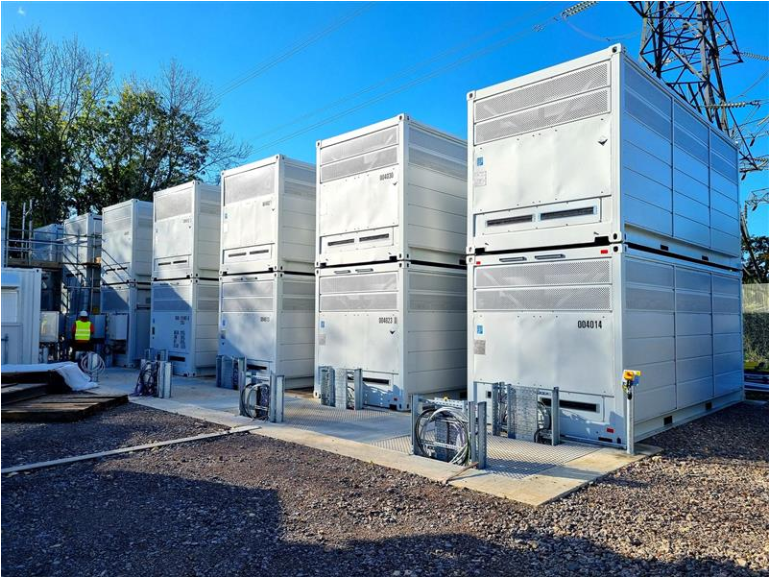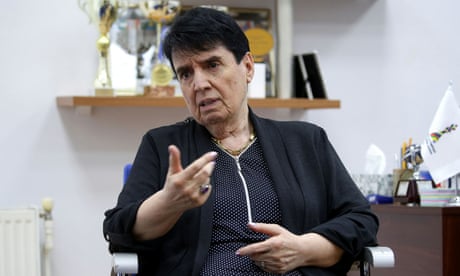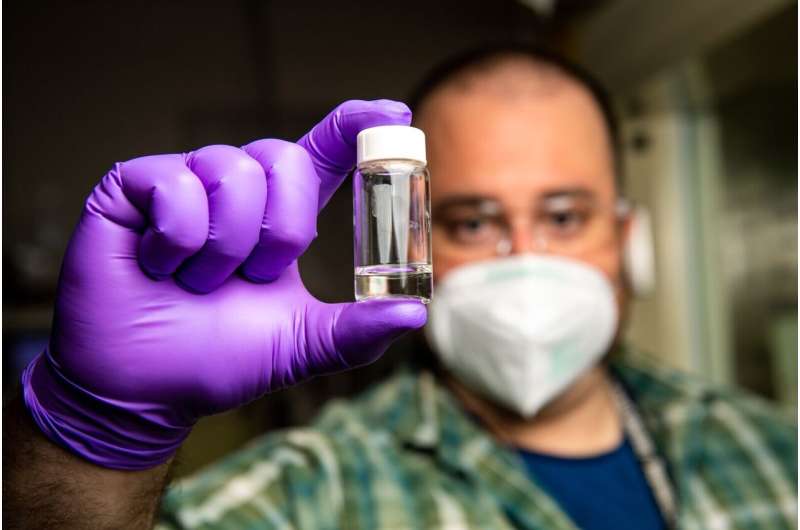

Cyclone Batsirai is set to hit eastern Madagascar after passing Mauritius and La Reunion
Adele DHAYER
Fri, February 4, 2022, 9:22 PM·3 min read
As powerful Cyclone Batsirai closed in on eastern Madagascar on Saturday people sought shelter in more secure concrete buildings while others reinforced their roofs with large sandbags.
Batsirai is expected to lash the eastern parts of the cyclone-prone Indian ocean island with powerful winds and torrential rains on Saturday.
The Meteo-France weather service warned of winds of up to 260 kilometres per hour (162 miles per hour) and waves as high as 15 metres (50 feet).

It said Batsirai would likely make landfall in the late afternoon as an intense tropical cyclone, "presenting a very serious threat to the area" after passing Mauritius and drenching the French island of La Reunion with torrential rain for two days.
Residents hunkered down before the storm made landfall in the impoverished country still recovering from the deadly Tropical Storm Ana late last month.
In the eastern coastal town of Vatomandry more than 200 people were crammed in one room in a Chinese-owned concrete building while waiting for Batsirai to hit.
Families slept on mats or mattresses.
Community leader Thierry Louison Leaby lamented the lack of clean water after the water utility company turned off supplies ahead of the cyclone.
"People are cooking with dirty water," he said, amid fears of a diarrhoea outbreak.
Outside plastic dishes and buckets were placed in a line to catch rainwater dripping from the corrugated roofing sheets.
"The government must absolutely help us. We have not been given anything," he said.
Residents who chose to remain in their homes used sandbags to buttress their roofs.

Tropical Storm Ana killed 58 people and affected at least 131,000 more in Madagascar last month (AFP/RIJASOLO)
- 'We are very nervous' -
Other residents of Vatomandry were stockpiling supplies in preparation for the storm.
"We have been stocking up for a week, rice but also grains because with the electricity cuts we can not keep meat or fish," said Odette Nirina, 65, a hotelier in Vatomandry.
"I have also stocked up on coal. Here we are used to cyclones," she told AFP.
Gusts of winds of more than 50km/h pummelled Vatomandry Saturday morning, accompanied by intermittent rain.
The United Nations said it was ramping up its preparedness with aid agencies, placing rescue aircraft on standby and stockpiling humanitarian supplies.
The impact of Batsirai on Madagascar is expected to be "considerable", Jens Laerke, spokesman for the UN's humanitarian organisation OCHA, told reporters in Geneva Friday.
At least 131,000 people were affected by Ana across Madagascar in late January. At least 58 people were killed, mostly in the capital Antananarivo. The storm also hit Malawi, Mozambique and Zimbabwe, causing dozens of deaths.
The UN's World Food Programme (WFP) pointed to estimates from national authorities that some 595,000 people could risk being directly affected by Batsirai, and 150,000 more might be displaced due to new landslides and flooding.
"We are very nervous," Pasqualina Di Sirio, who heads the WFP's programme in Madagascar, told reporters by video-link from the island.
Search and rescue teams have been placed on alert.
Inland in Ampasipotsy Gare, sitting on top of his house, Tsarafidy Ben Ali, a 23-year-old coal seller, held down corrugated iron sheets on the roof with large bags filled with soil.
"The gusts of wind are going to be very strong. That's why we're reinforcing the roofs," he told AFP.
The storm poses a risk to at least 4.4 million people in one way or another, the International Federation of Red Cross and Red Crescent Societies said.
ANTANANARIVO (Reuters) - Madagascar braced on Saturday for cyclone Batsirai to make landfall, with forecasters warning the storm could bring further devastation to the island nation just two weeks after another cyclone killed at least 55 people.


A local weather bulletin said the storm system was about 163 kilometres (100 miles) off the Indian Ocean island's eastern coast on Saturday afternoon and that landfall was expected at about 6 p.m. (1500 GMT).
Batsirai is packing wind speeds of 165 kilometres per hour (103 mph), the bulletin added.
"Significant and widespread damage is therefore to be feared. Batsirai will then cross the country from east to west, remaining generally at a dangerous stage," the bulletin said.
The streets of the capital, Antananarivo, were quiet on Saturday as some residents opted to stay indoors. Banks and some other businesses were shuttered.
Heavy rains were already whipping parts of the country's eastern coastline, residents said.
At a shelter in Antananarivo for people left homeless by last month's Cyclone Ana, 20-year-old Faniry said she was too scared to venture outside as Batsirai approached.

"Cyclone Batsirai seems very strong," she told Reuters, giving only her first name.
Around her, women and children sat huddled together on the floor alongside their belongings in crowded conditions.
"We are stuck here because we can't bring our children outside because it's cold and we are afraid of landslides. Better for us to be cautious and stay here," she said.

Tropical storm Ana battered Madagascar last month, leaving at least 55 people dead from landslides and collapsed buildings. The storm also left widespread flooding, destruction and forced tens of thousands of people from their homes

After ravaging Madagascar, the cyclone proceeded westward, making landfall in Mozambique and continuing inland to Malawi. A total of 88 people died, including those in Madagascar.
The region has been repeatedly struck by severe storms and cyclones in recent years, destroying homes, infrastructure and crops and causing mass displacements.
Lalaina Randrianjatovo, a retired colonel who works as director of a rapid response unit in the ministry of population, told Reuters the storm's path was likely to spare the capital but said heavy rains were still expected.
"Strong rains will probably cause flooding," he said, adding they anticipated more people would arrive at the Antananarivo shelter, which currently houses about 1,500 people.
(Reporting by Christophe Van Der Perre, Lovasoa Rabary and Alkis Konstantinidis; Writing by Elias Biryabarema; Editing by Helen Popper)











